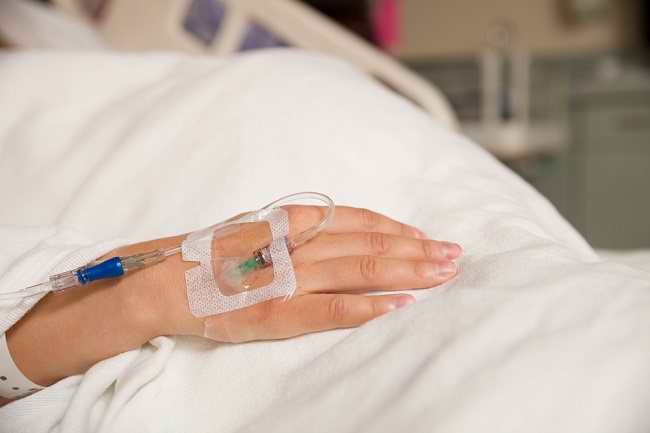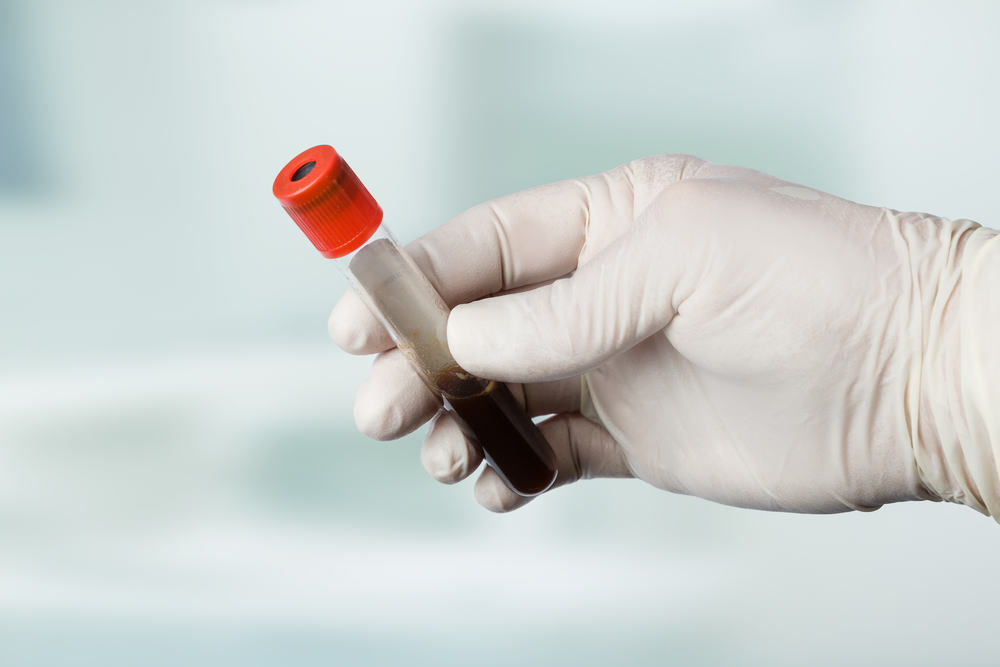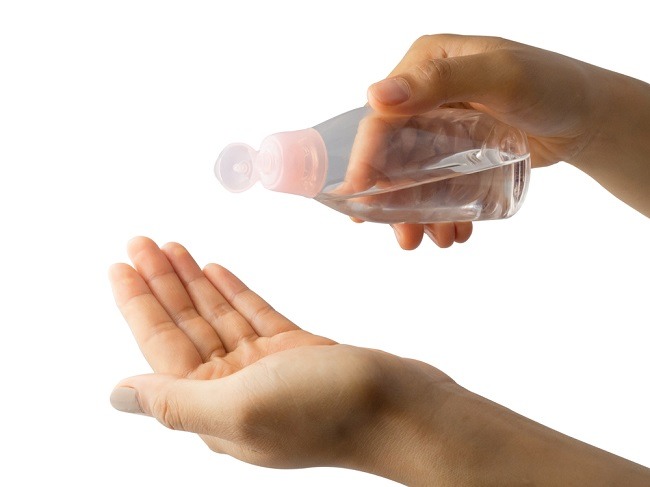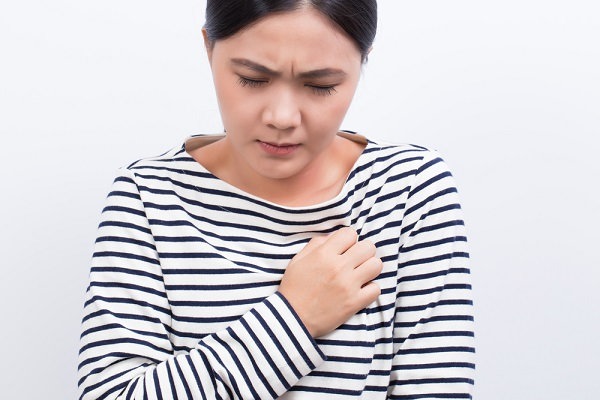Dapsone is a drug used to treat leprosy, dermatitis herpetiformis, and acne.In the treatment of leprosy, dapsone can be combined with rifampicin or clofazimine.
Dapsone will stop the growth of bacteria by inhibiting the metabolic pathway of folic acid. Please note, this drug cannot be used to treat viral infections, such as the flu.

In addition, dapsone can also be used to treat and prevent Pneumocystis jiroveci pneumonia or toxoplasmosis in people with HIV/AIDS.
Dapsone trademark:-
What is Dapsone
| group | Prescription drugs |
| Category | Sulfone class of antibiotics |
| Benefit | Treating leprosy, dermatitis herpetiformis, and acne, as well as treating and preventing Pneumocystis jiroveci pneumonia, or toxoplasmosis, in people with HIV/AIDS. |
| Used by | Adults and children |
| Dapsone for pregnant and lactating women | Category C:Animal studies have shown adverse effects on the fetus, but there are no controlled studies in pregnant women. Drugs should only be used if the expected benefit outweighs the risk to the fetus. Dapsone can be absorbed into breast milk. If you are breastfeeding, do not use this medicine without consulting your doctor first. |
| Shape | Gels and tablets |
Precautions Before Using Dapsone
Dapsone should only be used as prescribed by a doctor. Here are some things you need to pay attention to before using dapsone:
- Do not use dapsone if you are allergic to this drug. Tell your doctor about any allergies you have.
- Tell your doctor if you have or are currently suffering from anemia, porphyria, glucose 6-phosphate dehydrogenase deficiency (G6PD), methemoglobinemia, liver disease, heart disease, lung disease, or diabetes.
- Tell your doctor if you are pregnant, breastfeeding, or planning a pregnancy.
- Do not drive a vehicle or operate heavy machinery while you are taking dapsone, as this medicine can cause dizziness.
- Avoid prolonged exposure to direct sunlight, as dapsone can cause the skin to become more sensitive to sunlight.
- Tell your doctor if you are taking any other medicines, including supplements, or herbal products.
- See your doctor right away if you experience an allergic drug reaction, serious side effect, or overdose after using dapsone.
Dosage and Rules for Use of Dapsone
The dose and duration of use of dapsone will be determined by the doctor according to the condition to be treated and the age of the patient. The following is a distribution of dapsone doses based on the form of the drug and the condition to be treated:
tablet form
Condition: Pausibasilar leprosy
- Mature: 100 mg per day, for at least 6 months. Treatment can be combined with rifampicin.
- Children aged 10–14 years: 50 mg per day, for at least 6 months. This treatment can be combined with rifampicin.
Condition: Multibacillary leprosy
- Mature: 100 mg per day, for at least 12 months. This treatment can be combined with clofazimine and rifampicin.
- Children aged 10–14 years: 50 mg per day, for at least 12 months. This treatment can be combined with clofazimine and rifampicin.
Condition: Dermatitis herpetiformis
- Mature: The initial dose is 50 mg per day. The dose is increased gradually to 300 mg per day. Maintenance dose 25–50 mg per day.
Condition:Pneumocystis jiroveci pneumonia in people with HIV/AIDS
- Mature: 50–100 mg per day. Treatment can be combined with trimethoprim. Alternate doses of 100 mg, 2 times weekly or 200 mg, 1 time weekly.
Condition:Prevention of toxoplasmosis in people with HIV/AIDS
- Mature: 100 mg, 2 times a week.
- Children: 2 mg/kg body weight, once a day. The maximum dose is 25 mg.
Gel medicine form
Condition: Pimple
- Mature: Dosage of 5% gel, apply a thin layer on the acne area, 2 times a day. Dosage of 75% gel, apply a thin layer on the entire face or other areas that are infected, 1 time a day.
How to Use Dapsone Correctly
Follow your doctor's recommendations and read the instructions on the medicine package before starting to use dapsone. Do not change the dose without consulting your doctor first.
Dapsone can be taken after meals. Take dapsone tablets with a glass of water. Do not split, bite, or crush the tablet.
Before using dapsone gel, clean the infected area, then dry it and apply a thin layer of dapsone to the infected area. Do not forget to always wash your hands before and after using this medicine.
Do not use this medication in the eyes, nose, mouth, or vagina. If these areas are accidentally exposed to the drug, clean immediately and rinse under running water.
Take dapsone regularly at the same time each day so that the medicine can work more effectively.
If you forget to use dapsone, do it immediately if the break with the next schedule of use is not too close. If it is close, ignore it and do not double the dose.
Store dapsone in the package in a room that is not damp and not exposed to direct sunlight. Do not put dapsone in freezer and keep this medicine out of reach of children.
Dapsone Interactions with Other Drugs
There are several drug interactions that can occur when dapsone is used with other medicines, including:
- Increased levels of dapsone when used with probenecid
- Decreased effectiveness of live vaccines, such as typhoid vaccine
- Increased risk of arrhythmias when used with saquinavir
- Increased risk of methemoglobinemia when used with phenobarbital, paracetamol, nitrates, primaquine, or phenytoin
- Increased risk of skin discoloration to yellowish or orange if benzoyl peroxide is used
- Increased levels of dapsone when used with trimethoprim or sulfamethoxazole
Side Effects and Dangers of Dapsone
Some of the side effects that may arise after using dapsone are:
- Vomit or vomit
- Loss of appetite or stomach ache
- Headache or dizziness
- Blurred vision
Check with your doctor if the side effects above do not subside. Immediately see a doctor if there is an allergic reaction to the drug which can be characterized by the appearance of an itchy rash on the skin, swollen eyelids and lips, or difficulty breathing.
In addition, you should also see a doctor immediately if you experience more serious side effects, such as:
- Jaundice, severe abdominal pain, or persistent nausea and vomiting
- Fever, chills, sore throat that doesn't go away, canker sores, easy bruising, or paleness
- Joint pain or a butterfly-shaped rash appears on the face
- Chest pain, fast heart rate, or fast breathing
- Muscles feel weak
- Mood disorders or mental disorders
- Difficult to urinate









